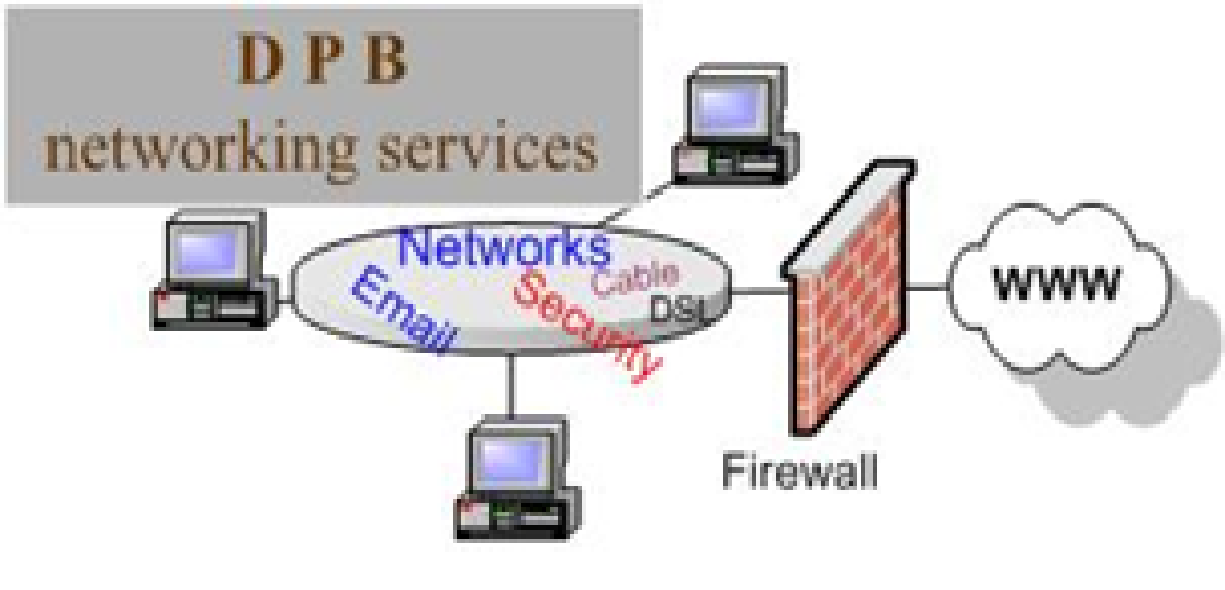The general definition of profit is bringing in more revenue than you are spending on your expenses. If you earn enough funds to cover all of your expenses, with a little extra, your practice is turning a profit. But there is much more to the proper analysis of profits. A simple dollar amount does not tell you where your profit is coming from and what you can do to improve it. The following are some profit metrics you can use to obtain a complete picture of your practice and its profitability.
Net Profit Margins
To calculate your firm’s net profit margin, first determine your total revenues. These are all of the legal fees collected over a set period of time. Then, subtract your operating expenses, including but not limited to:
- Payroll expenses
- Rent and office overhead expenses
- Tax liability
- Uncollected bills
- Matter expenses that were not reimbursed
The remaining balance represents the net profit taken in by your firm during this time period. Don’t rely on general industry standards to analyze the health of your net profits. This assessment depends on numerous variables, including the size of your firm and practice areas. Instead, compare your findings to those of previous years along with your own professional goals.
Comparative Expense Analysis
A comparative expense analysis allows you to analyze your firm’s operating expenses. This is a side-by-side comparison of your expenses over a period of two or more years. If you utilize a comprehensive accounting software, just export the data into a spreadsheet and compare the numbers. If you notice that significant percentage changes have occurred over the time period, identify reasons for differences. This is particularly important under circumstances where your expenses are increasing. Go back and look through invoices or receipts to identify and address the cause.
Profit by Segment
A profit by segment analysis is extremely useful in law firms with numerous practice areas. This type of review allows you to consider revenue and costs associated with each area of your practice, so you can make appropriate adjustments. For example, if your office provides representation in domestic relations, criminal law, and estate planning, a profit by segment evaluation allows you to see which of these areas is most profitable for your practice.
One method is to identify the revenue and costs of each individual segment, but this does not provide an accurate assessment. A more comprehensive view comes from a cost allocation plan, where you allocate a percentage of each overhead cost based on the amount of time spent on the individual practice areas of the firm. If 70% of your efforts are concentrated in domestic relations, use 70% of the firm’s salary cost in your calculation of segment profit.
Before you can explore ways to increase your law firm’s profits, you need to take a good look at where you currently stand. Use these profit measurements to analyze where your practice is, so you know where you need to go.
About Erika Winston:
Erika Winston is a freelance writer with a passion for law. Through her business, The Legal Writing Studio, she helps legal professionals deliver effective written messages. Erika is a regular contributor to TimeSolv and a variety of other publications.
















